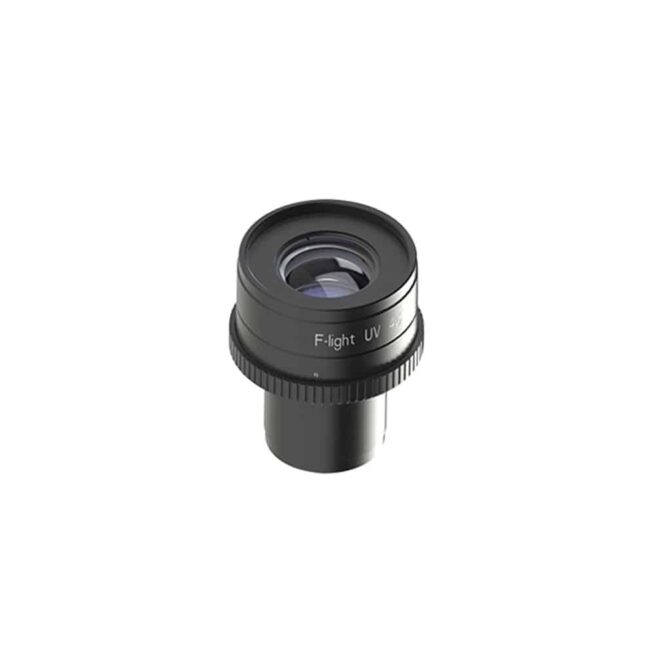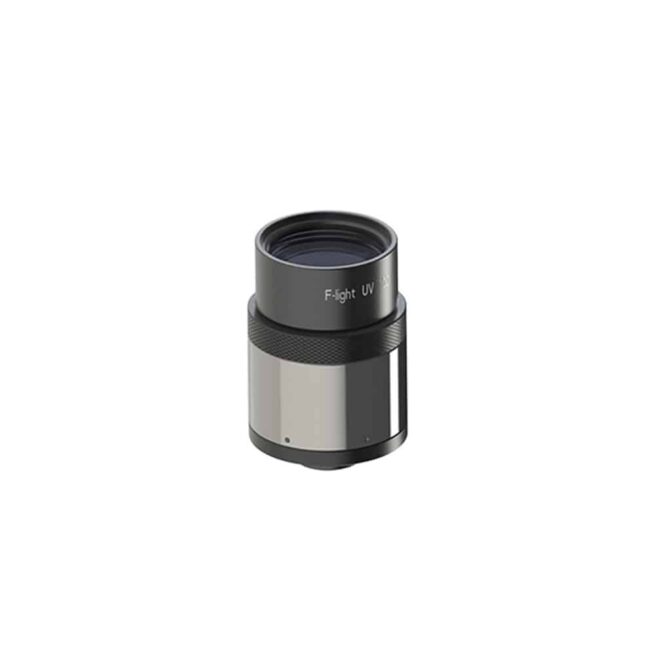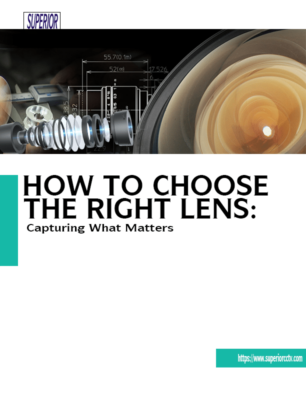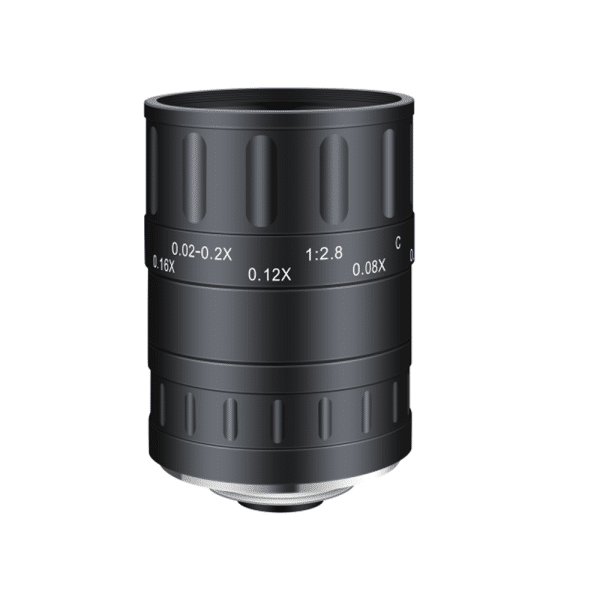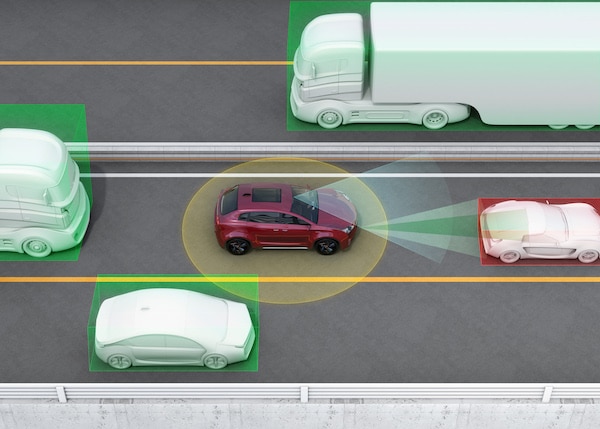Ultraviolet Camera Lens, UV Lenses, UV Lens, UV Camera Lens
SUPERIOR® Optics’ line of Ultraviolet Lenses is designed for imaging in the deep UV spectrum. UV lenses optimized for 250nm wavelength. Available from stock in 6, 9, 12, 16, 25, 35, 50, 60, 78, and 105mm focal lengths, these ultraviolet lenses are well suited to forensic investigation and other UV and Infra-red imaging applications.
Ultraviolet Lenses are used in many focusing, collimation, or laser applications that operate within the ultraviolet spectrum. They are optical lenses that consist of a single, or multiple elements that have been designed for optimal performance when used in ultraviolet light. Our line of Ultraviolet Light Lenses is designed for imaging in the deep UV spectrum.
UV lenses utilize specific substrates, anti-reflection coatings, or a combination of the two to maintain performance when operating below 400nm. Many optical lenses that perform well in the ultraviolet may also have strong performance in the visible, near-infrared, or infrared spectra.
Lenses are used primarily to focus or diverge light, either as a single component or as part of a larger array. Convex lenses focus light to a point, whereas concave lenses diverge light away from the source. The focal length of any lens is dictated by its diameter, radius of curvature and the refractive index of the material. Simply put, materials with a high refractive index such as germanium (n=4.0) or high index flint glasses allow a lens to achieve a specific shorter focal length with a smaller diameter than the same lens made with a material of low refractive index.
Different materials transmit at different wavelengths. As an example, germanium is opaque because it blocks UV and visible wavelengths, but allows IR transmission. It is therefore not suitable for systems that require UV or visible wavelengths.
Ultraviolet Lenses that is UV Fixed Focal Length Lenses are ideal for use in a variety of applications, including the surface inspection of circuits or fiber optics, quality control of semiconductor materials, or for locating oil contamination or leakage. Other applications include fluorescence, security or counterfeit detection. Ultraviolet Lenses are made from fused silicon elements that provide excellent transmission between the ultraviolet and near-infrared.
Ultraviolet Light Lenses are not corrected for chromatic aberration, and require refocusing when using an illumination source with a spectral bandwidth greater than 10nm. A monochromatic light source and narrow bandpass filter are recommended to improve the overall performance of the lens. The 100mm lens has a removable C-mount adapter, enabling it to be used with M42 x 0.75 (T2) mounts.
The UV light is well-known for its properties, which make it an extremely powerful tool in forensics. This is because it causes many substances to fluoresce. Reflected-UV imaging can reveal hidden evidence.
It does this for several reasons:
Absorption: UV light is highly absorbed by many commonly encountered organic materials, yet it is reflected by many inorganic materials like stone and metal. If these organic materials are on a surface with higher UV reflectance, the substances will often stand out more strongly than visible-light or near-IR images. The reverse is true as well – traces of inorganic materials like salt stand out as bright on a dark organic surface like a wooden table.
Lack of penetration: UV light does not penetrate even very thin layers of materials. This makes surface topology more apparent, since normally, a translucent surface appears opaque. The high energy of the UV photons makes them interact strongly with the electrons in atoms and molecules. Many materials look very dark when imaged with UV light.
Highly scattered UV waves: UV light waves have a short wavelength, which means that they are scattered much more readily by small surface imperfections on a smooth surface than either visible or near-IR light. Scratches and dust are much more apparent, which is why the optics industry uses UV imaging to inspect lens surfaces, for example. Some of the texture imaging can be accomplished by raking-illuminated visible-light photography, though UV has advantages over raking light.
Applications Include: – Electronics, Optics, Medical and Precision Industrial applications.
